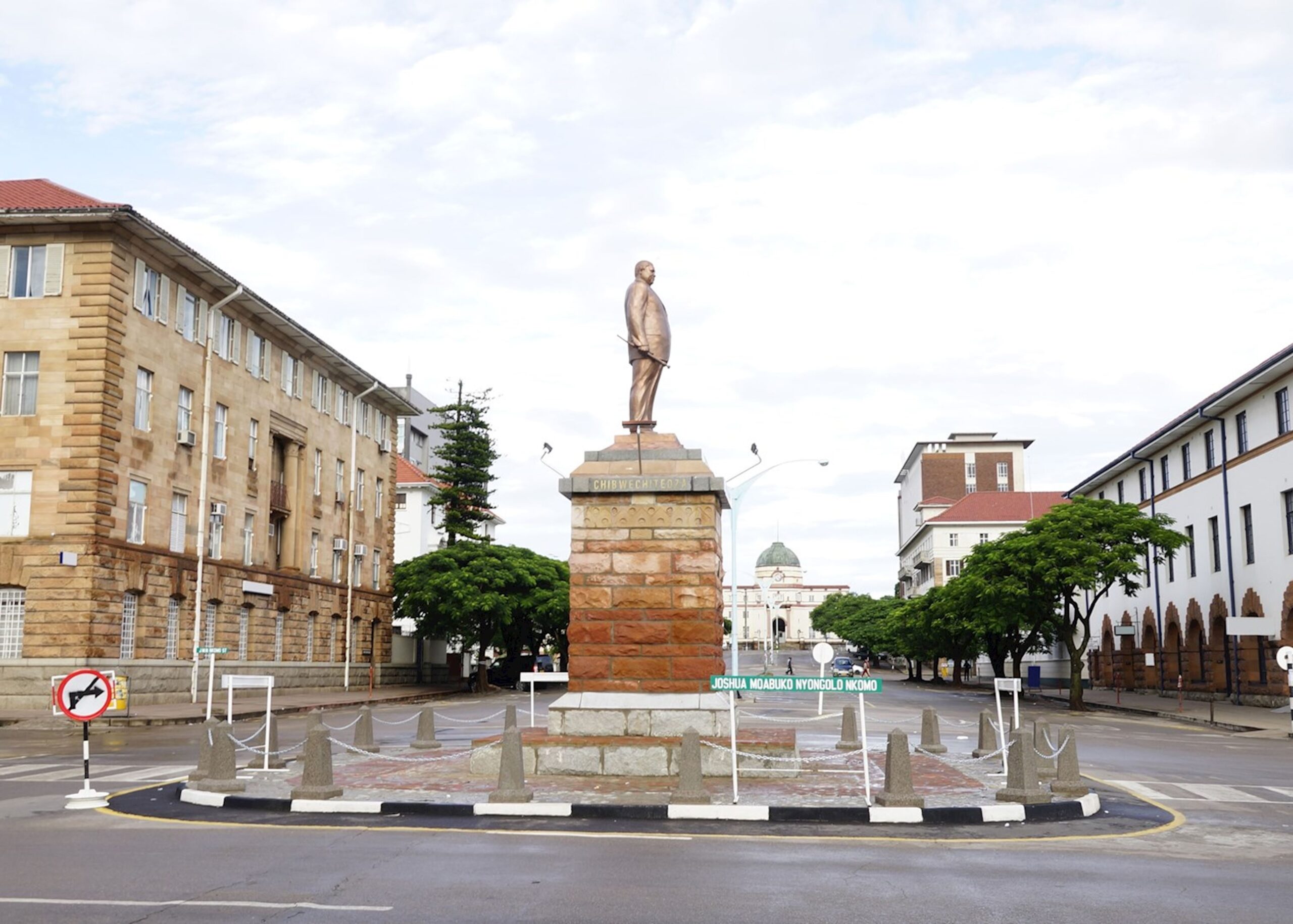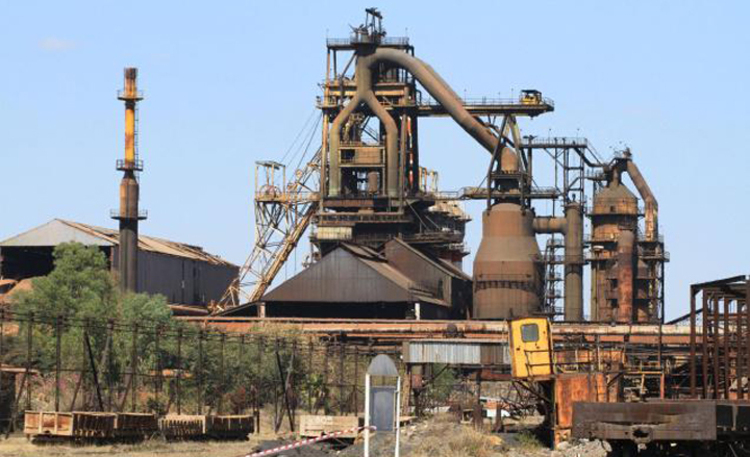Zisco set to start mining operations
THE Zimbabwe Iron and Steel Company (Zisco) intends to start mining limestone and iron ore near Kwekwe by the end of this year as part of the preparatory groundwork to revive the defunct former steel giant.
Once the largest integrated steelworks North of Limpopo, Zisco, which produced over one million tonnes of steel annually employing more than 5 000 people directly at its peak in the late 1990s, ceased operations at the height of the hyperinflationary era in 2008.
Given the strategic importance of steel in economic growth, the Redcliff-based steel producer has in the past attracted investor interest from leading steel producers like Essar Africa Holdings Global, a unit of India’s Essar Group as well as R & F of China.
In 2011, Essar Africa Holdings showed interest to invest US$750 million into Zisco, but the deal collapsed due to irreconcilable differences with the majority shareholder, the Government of Zimbabwe.
In the years that followed, R & F, a Chinese company tabled a US$1 billion bid but the deal failed to materialise.
It is against this background that the Second Republic through Kuvimba Mining House (KMH), a State-owned firm was promoting Zimbabwe’s development thrust by resuscitating mothballed mines or industrial operations of national strategic significance.
This also dovetails with the Government’s national development agenda that seeks to stimulate production across all economic sectors for Zimbabwe to attain an upper middle-income status by 2030.
Last year, Kuvimba signed a management contract with the Redcliff-based company, a development that signaled a huge step towards the long-awaited resuscitation of the steel plant. Zisco board chair Engineer Martin Manuhwa said: “We are in the process of engaging on the ground where mining operations and activities, especially limestone and iron ore mining are to start very soon.
“What we are just doing is dealing with what we call ‘onboarding’ issues where there is going to be a rollover to the management agreement implementation.
“We want to see more activity on the ground and there will be many of those and our manager (KMH) is now on the ground and we are operationalising the roadmap.
“All (limestone and iron ore) mining operations should be in operation at the end of the year and then probably as we evaluate those we then migrate into more value addition.”
Limestone and iron ore are key raw materials in the production of steel.
Following the signing of the management contract with Zisco, KMH has been doing on the ground undertaking all the preliminary activities that include planning and carrying out feasibility studies such as the type of steel to be produced.
The mining group has also engaged Strategen Company (SMS) of Germany as the lead consultancy to drive the revival of Zisco.
Under Zisco’s resuscitation which is divided into two segments, which are mining, and the steel project, KMH will inject US$1 million into the steelmaking plant.
Kuvimba also intends to build up Buchwa Iron Mining Company (BIMCO), which is the mining arm of Zisco and such a project requires a lot of exploration and feasibility study to understand the quantum of iron ore the mining arm has at its concessions.
Feasibility studies would also be done to establish the existence of other minerals at BIMCO’s concessions that could be valuable to the rebuilding of Zisco.
KMH is largely using internal resources to fund its acquisitions and the Government has supported the entity by funding some of its operations while local banks have also been pivotal in financing the firm’s operations.
The mining group in which the Government controls majority shareholding (65 percent equity), has invested US$1 billion into its acquisitions while directly employing nearly 4 000 people.
KMH has vast interest in gold, nickel, lithium, chrome and platinum the entities it has acquired include Bindura Nickel Corporation, Shamva, Jena, Sandawana, Tiger and Club, Globe and Phoenix mines, and the new Great Dyke Investments platinum project being developed in Darwendale as well as Zimbabwe Alloys (ZimAlloys).
The mining house controls the acquired entities either 100 percent or as a major shareholder.-herald









